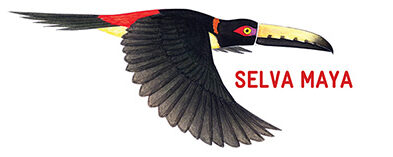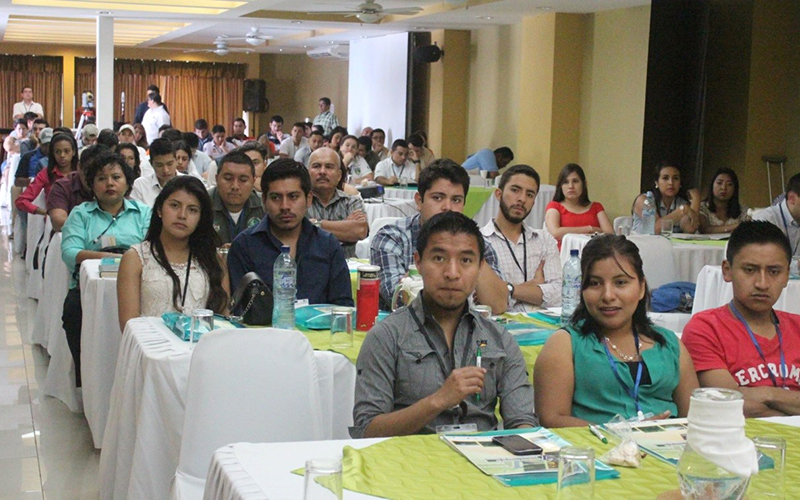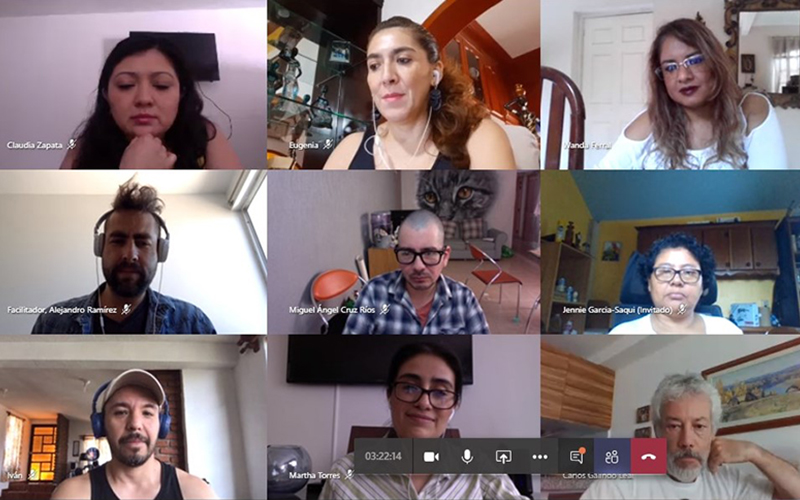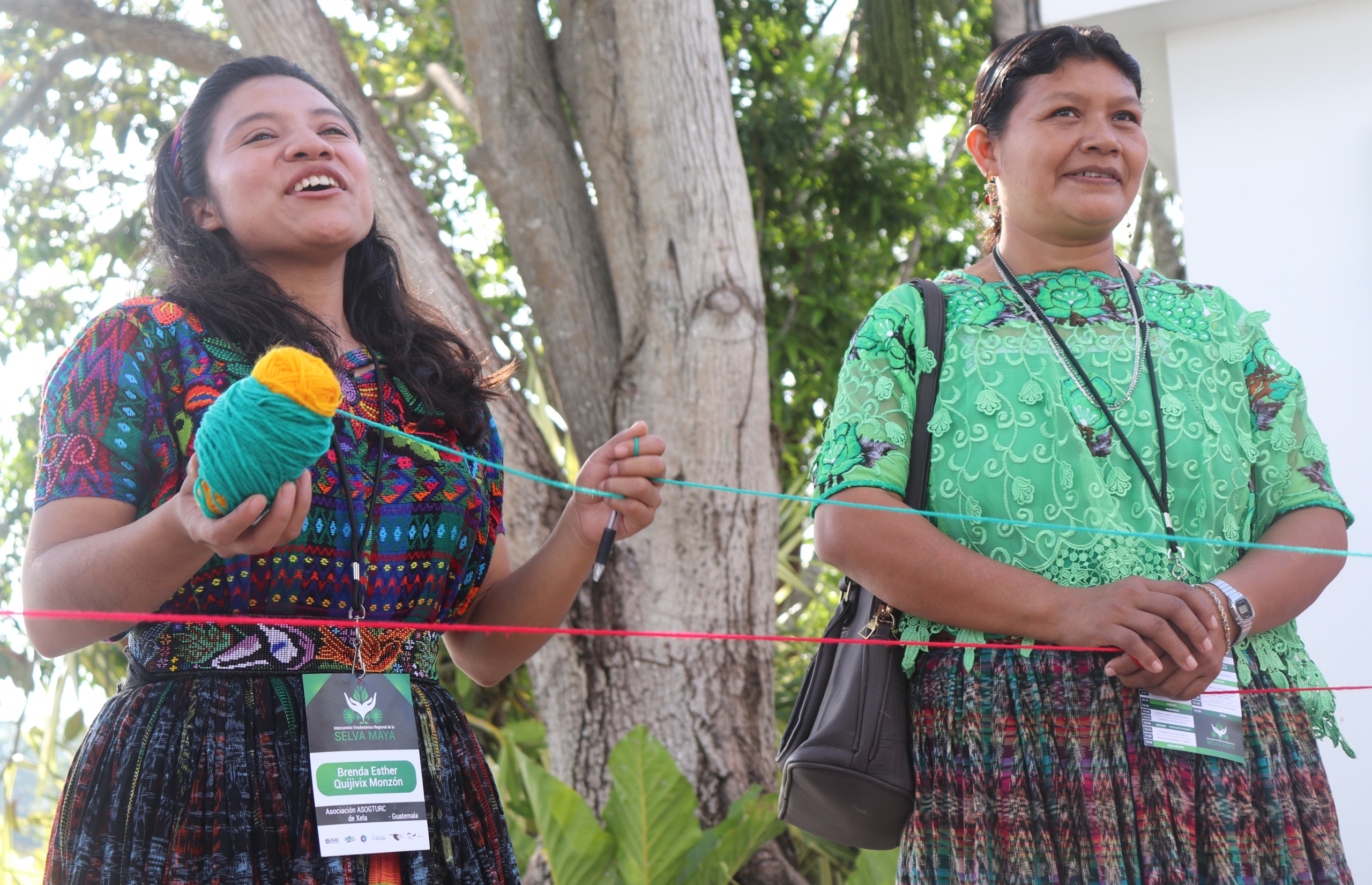The monitoring of fauna by means of camera traps allows to understand the habitat conditions and the behavior of species, particularly those that are nocturnal or are elusive to the human eye. Frequently, images captured by these movement-sensitive devices, arranged tactically in places visited by wild animals such as watering holes, waterers and even roads, are surprising. One of the advantages of camera traps is that they do not usually bother animals, the most sophisticated models use black light or infrared flash not visible to most animals.
As a strategy to strengthen technical capacities for the monitoring of fauna in protected areas, within the framework of the project Monitoring of Biodiversity and Climate Change in the Selva Maya Region (Belize, Guatemala and Mexico), implemented by GIZ and commissioned by the German Federal Ministry of the Environment (BMU); from July 23 to 27, 2018, a workshop for the data collection and analysis of camera traps was held in Zoh Laguna, Campeche, Mexico.
Personnel from the Calakmul Biosphere Reserve gave the workshop. Among the attendees were operational and field technicians, as well as regional liaisons and representatives of the different organizations responsible for the management of protected areas in the three countries of the Selva Maya, including: Corozal Sustainable Future Initiative (CSFI), Program for Belize (PfB) and Forest Department, from Belize; National Council of Protected Areas (CONAP), Institute of Anthropology and History (IDAEH) and Center for Conservation Studies of the University of San Carlos (CECON) on behalf of Guatemala, and National Commission of Natural Protected Areas (CONANP) on behalf of Mexico




